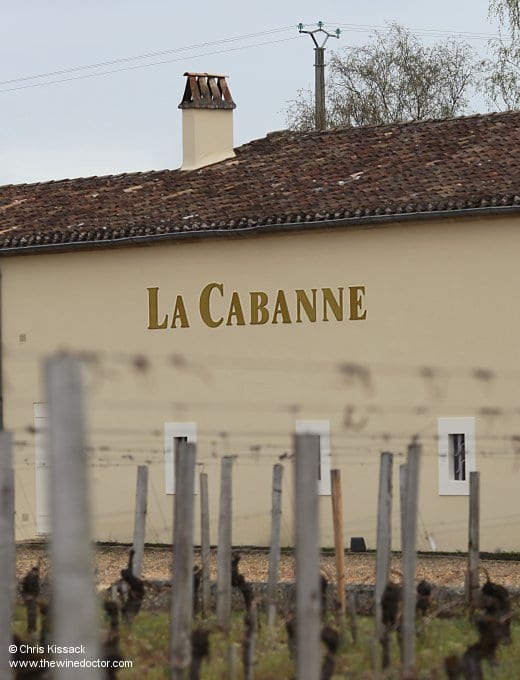Château La Cabanne
It is only through visiting Pomerol, several times if truth be told, that I have finally come to understand its landscape and its wines. Despite having tasted many of this appellation’s wines over the years, I still struggled to get to grips with why some were so much better than others; what made it difficult to grasp was perhaps the fact that the appellation’s many estates all seemed so closely related, huddled together around the tiny village of Pomerol, with its over-sized church, to the north-east of Libourne. There didn’t seem to be any easily recognisable feature, river, hill, slope or otherwise, which defined where the good soils – and were the best wines – were to be found.
I knew for a long time that there was a Pomerol plateau, but it has only been through visiting that I began to appreciate which estates were actually on the plateau, and which ones weren’t. This is not a plateau like that in Conan Doyle’s The Lost World, surrounded by an unassailable escarpment; it is much more subtle than that. But through driving around the appellation, I began to see how the land dropped away to the north, down to the Barbanne, and how this influenced selection and/or the ultimate quality at estates such as Château Le Gay, Château Lafleur-Gazin and Château Le Bon Pasteur. I also saw how the land fell away to the west, where the D1089 runs out of Libourne, and how the soils shifted from clay and gravel to sand, telling me why the wines of Château Montviel, Château L’Enclos and Clos René taste the way they do.

